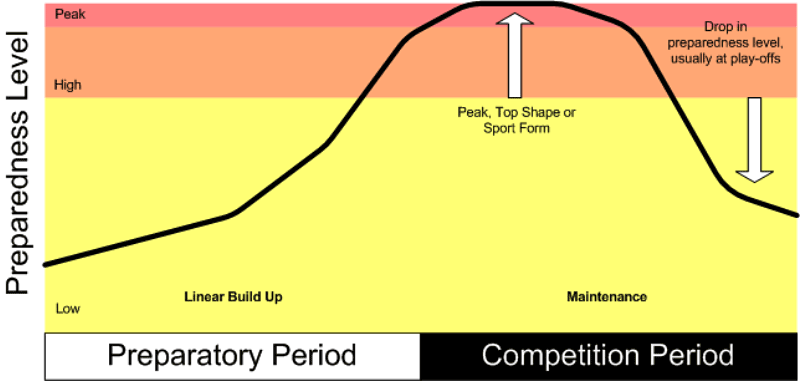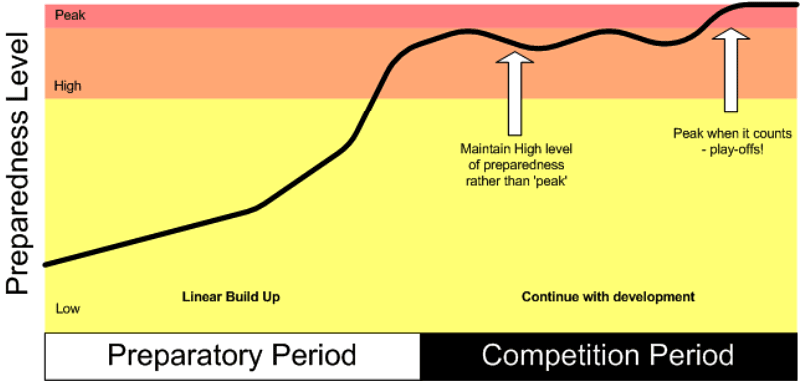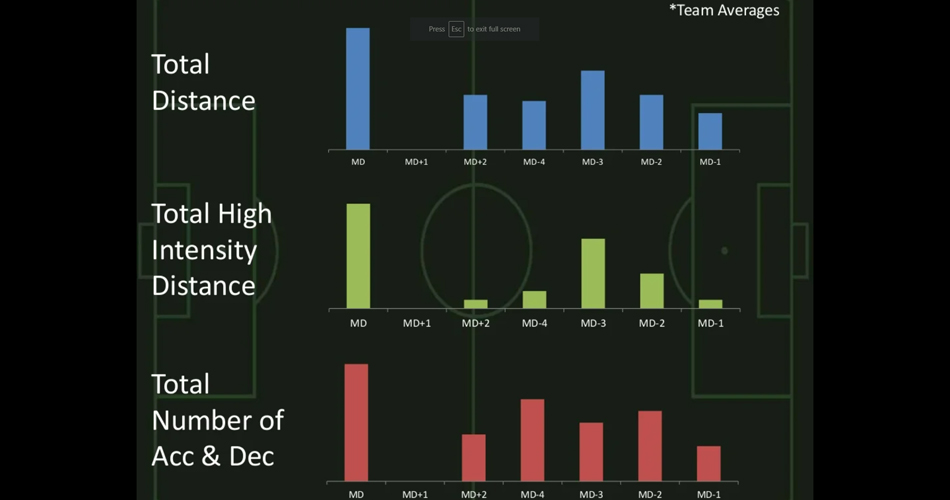Planning the In-Season Microcycle In Soccer Part 5: Planning the Competition Period in Soccer
Previous parts:
- Planning the in-season microcycle in soccer – Part 1: Complexity
- Planning the in-season microcycle in soccer – Part 2: Mark Williams Case Study
- Planning the in-season microcycle in soccer – Part 3: Mick McDermott Case Study
- Planning the in-season microcycle in soccer – Part 4: Thoughts on Recovery “mini-block”
Planning the Competition Period in Soccer
In this article I have presented something that’s called “summated microcycle”, the solution I first read about in Total Soccer Fitness by Ian Jeffreys. You can check the interview with Ian HERE.
Soccer, as we all know, is a very complex sport. When I say complex, I mean that success in soccer is dependent on lot of factors, individual and collective (team). Individual factors are usually technical, tactical, psychological and physical preparedness, with numerous sub-factors among each of them. Team factors are especially complex and depend on team organization, style, cooperation, team spirit, communication and other numerous factors.
The goal of training is to bring up those factors to appropriate (maximum?; optimal?) levels, and also during the important time of the year. The problem is that ’important time of the year’ is longer and longer in modern soccer competitions.
Conventional wisdom suggests that preparedness should be increased during the preparatory period and peaked (reaching of ’sport form’ or ’top shape’) during the competition period. But the problem is that the ’peak’ cannot be held for long, and usually after a peak there is a drop in quality of performance. This wave-like cycles are something that is natural and normal. Another suggestion is that preparedness developed in preparatory period should be ’maintained’ during the competition period via maintenance loads. The second problem is that the competition period is longer than preparatory period in most of the cases, thus maintenance is not an option, due the fact that you simply cannot maintain something that is not developed in the first place. This two suggestions (peak and maintenance) comes from individual sports with short competition period, and it is questionable whether this approach is appriopriate for long season sports such as proffesional soccer. This conventional wisdom may be also called in another names: traditional periodization, linear system, etc.

A possible solution to this problem may be two common sense suggestions: (1) do not peak too early, and (2) do NOT maintain preparedness, but rather work on its futher development (but with clearly defined priorities). Theoretically, this may look like depicted on the following picture.

The following questions may arise from the mentioned theoretical approach: (1) how to avoiding ’peaking’ too soon, and (2) how to continue with the development of preparedness in the competition period without overtraining and burning-out and without affecting match performance negatively?
In his book ’Total Soccer Fitness’ (2007), Ian Jeffreys suggested the usage of ’summated microcycle’ during the competition period (in-season), which stimulated me to develop this ’theoretical’ solution to the mentioned problems. I say ’theoretical’ for the reason that I haven’t tried this approach in practice yet, due the reasons that I will not adress here, so basically this is a theoretical solution which have to be checked in practice.
The Solution
Those who have read my ’manual’ – Physical Preparation for Soccer are fammiliar with my ’systematic’ approach that splits the training system into following components:
- Technical work component
- Tactical work component
- Speed training component
- Strength training component
- Plyometric training component
- Work Capacity component
- Metabolic Conditioning component
Each of the mentioned seven components has its own goals, methods, loads and means[general, specific, competition], along with a classification of the type of fatigue they develop or CNS impact [for more info see the ’manual’].
Since the priority in competition period is Technical and Tactical development (emphasis of Technical and Tactical Work Components) and yet all other components should continue to be developed (according to this model and authors opinion) , the question arise how to continue to develop all seven components without overtraining or limiting crucial technical and tactical training in filled competition calendar?
The solution to this problem is simple…











Responses